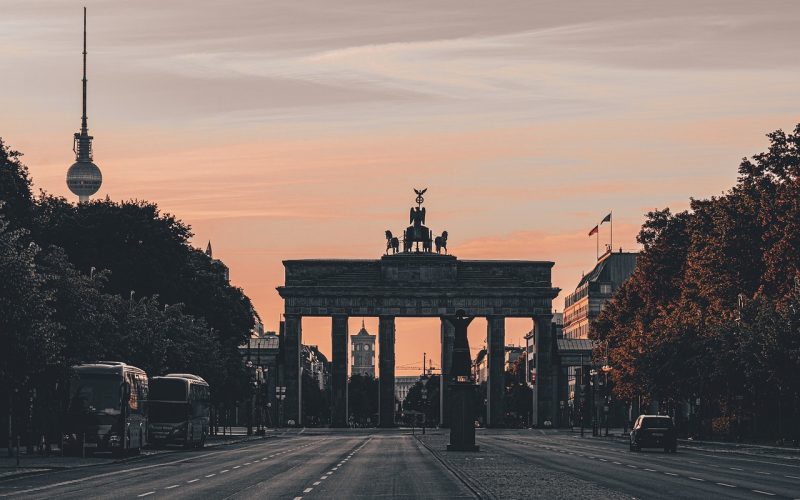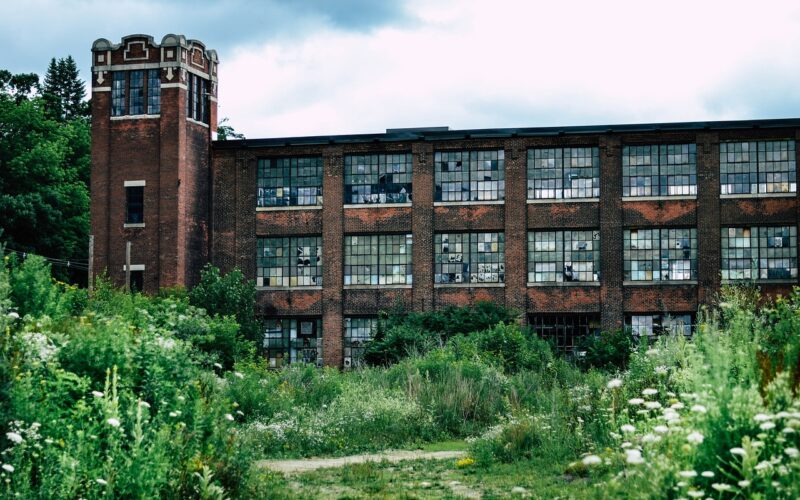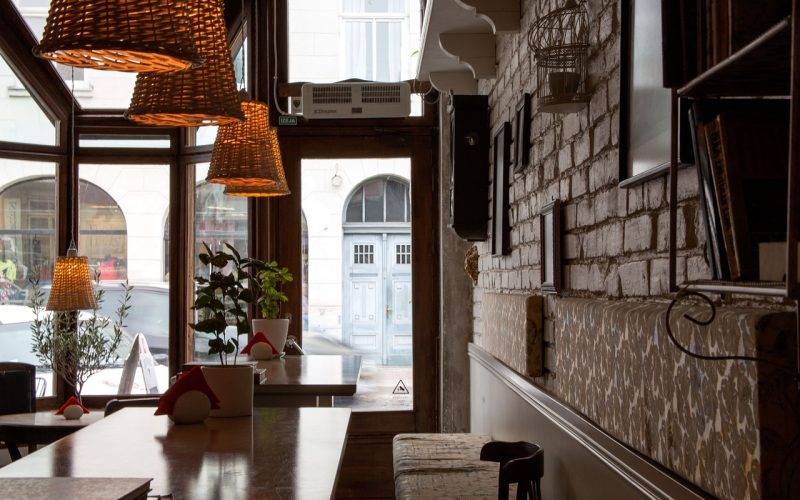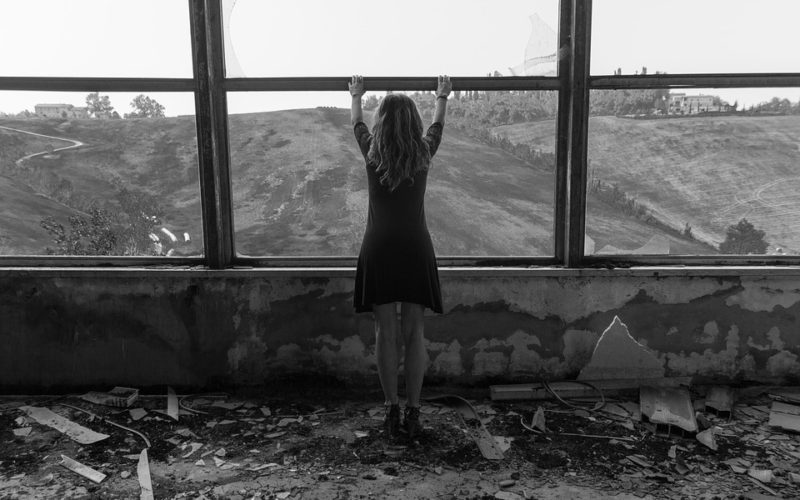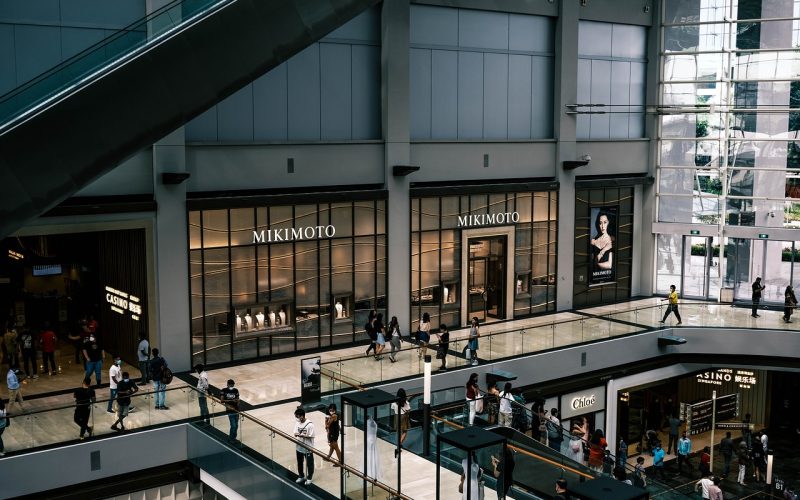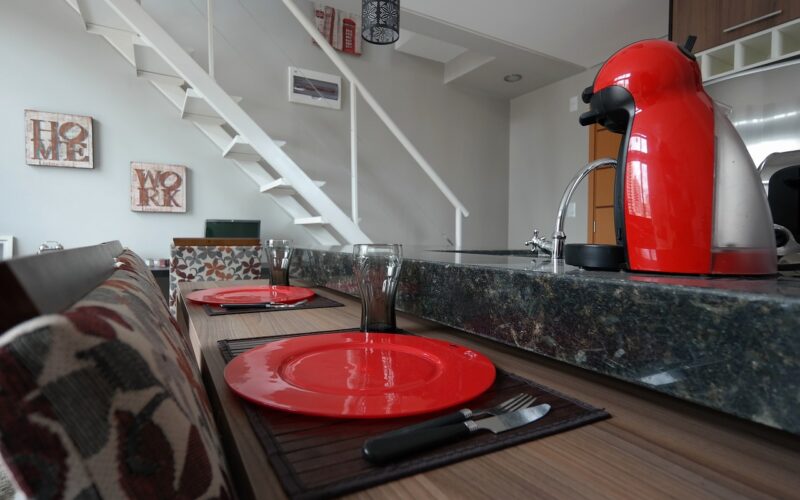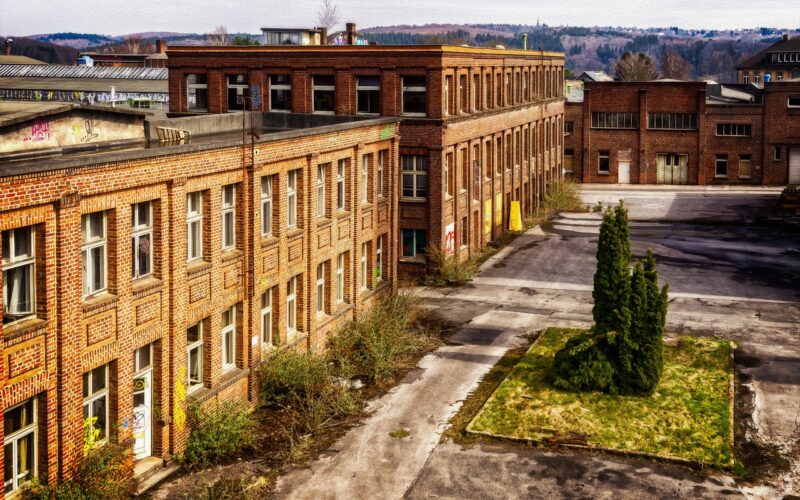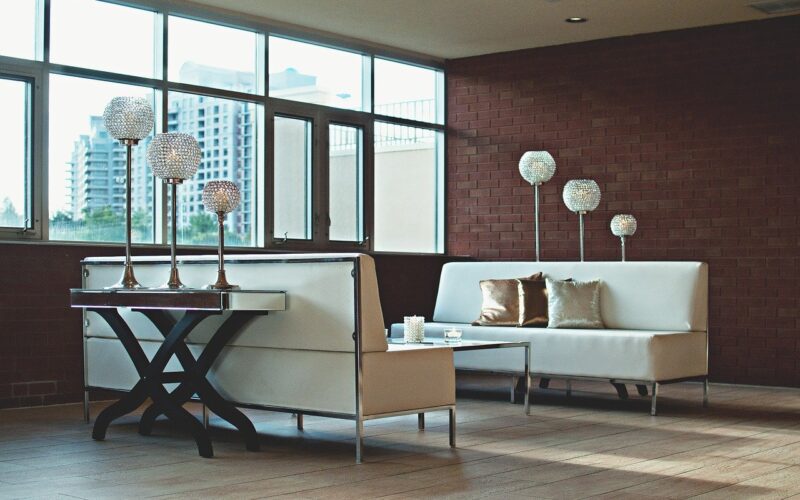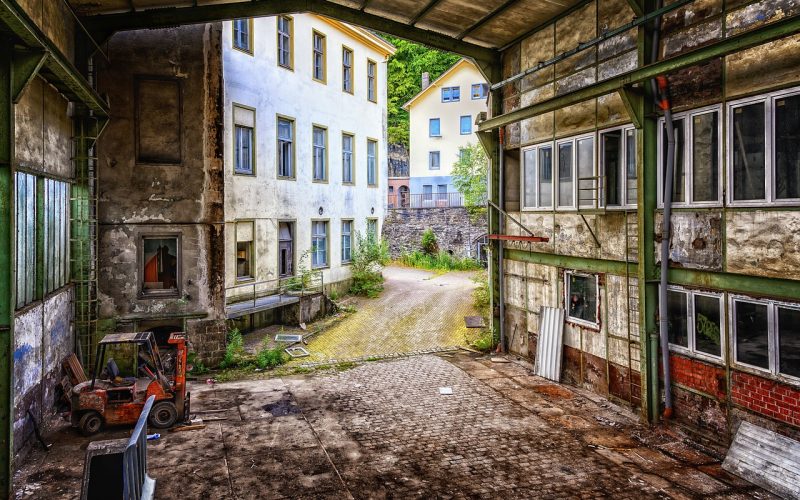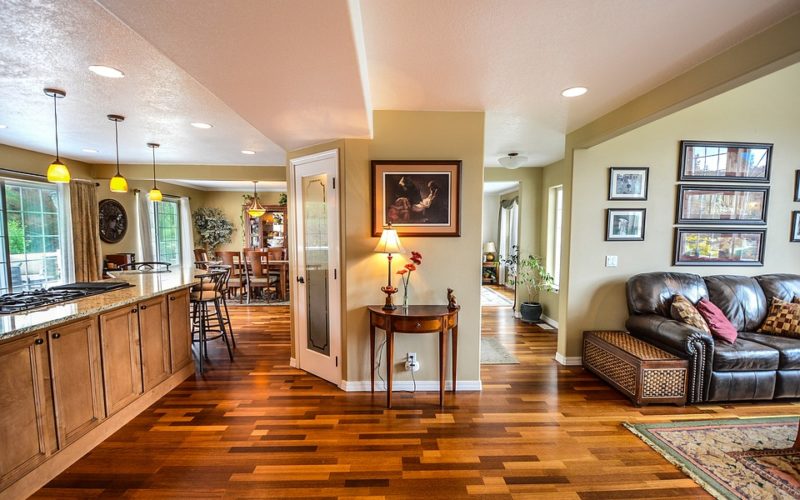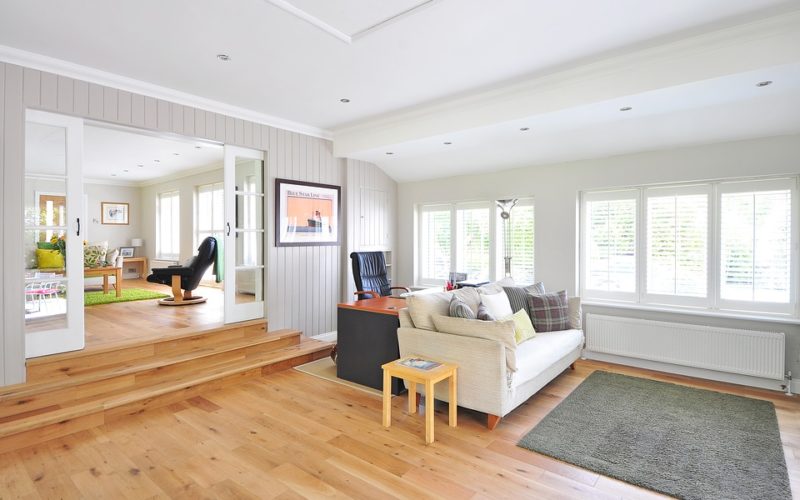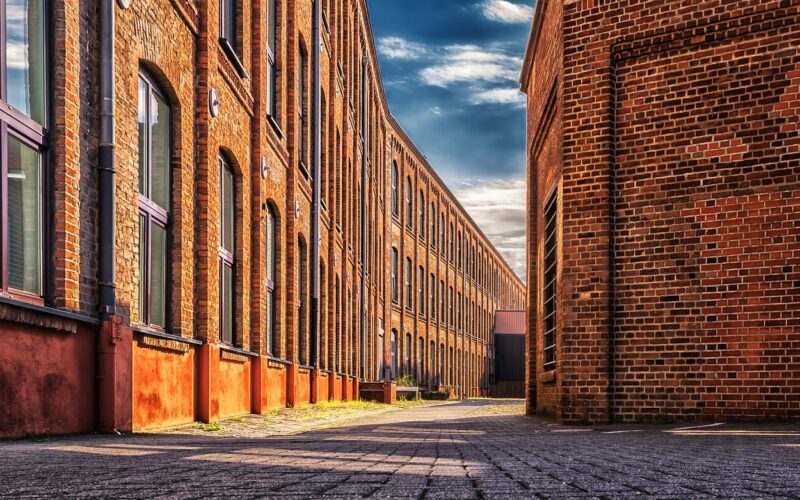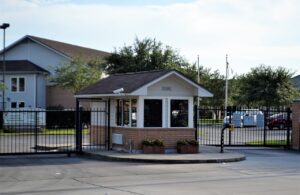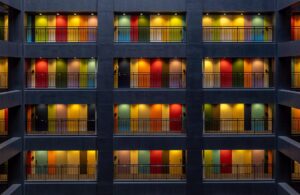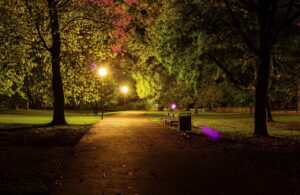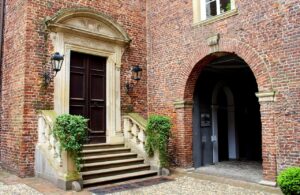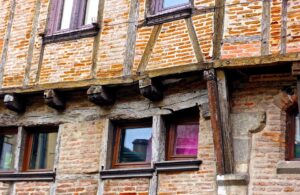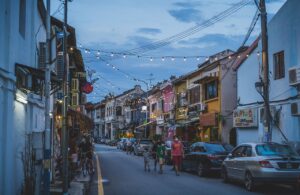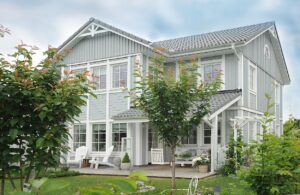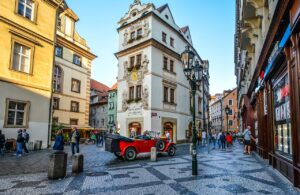Once a symbol of division and struggle, East Berlin has experienced a remarkable transformation since the fall of the Berlin Wall in 1989. Central to this metamorphosis has been the innovative regeneration of its old industrial buildings. These once-abandoned structures now form the backbone of an exciting urban environment that fuels cultural, economic, and social growth.
The roots of East Berlin's industrial past
East Berlin's industrial history is deeply intertwined with its identity. During the post-war period, factories and warehouses dominated the landscape, serving as vital components of the communist economy. Following the reunification of Germany, however, these industrial facilities faced neglect, becoming dilapidated relics of a bygone era. This presented a unique challenge for urban planners and developers eager to revitalise these spaces while preserving their historical significance.
Breathing new life into old structures
The regeneration of East Berlin's industrial buildings began with a vision to repurpose them for modern use without erasing their past. Architects and developers worked collaboratively to convert these spaces into mixed-use developments, integrating residential, commercial, and cultural elements. By emphasising adaptive reuse, they maintained the architectural integrity of these buildings while redefining them for contemporary needs.
One of the most notable projects in this vein is the transformation of the Kulturbrauerei, a large brewery complex from the 19th century. It now stands as a cultural hub housing theatres, cinemas, and event spaces. Similarly, the former Bötzow Brewery has been reimagined into a space that features gastronomy, art venues, and innovative workspaces.
Fueling the creative economy
East Berlin's regenerated industrial buildings have become epicentres of creativity and innovation. The repurposing of these sites has attracted artists, start-ups, and entrepreneurs, contributing to the city's burgeoning creative economy. Spaces like the Factory Berlin and Betahaus offer co-working environments that facilitate collaboration and the exchange of ideas among professionals from diverse fields.
The presence of these creative enclaves has further solidified East Berlin's reputation as a hub of artistic expression and technological advancement. The influx of creative industries not only generates economic growth but also enhances the cultural fabric of the city, drawing both locals and tourists to explore its dynamic offerings.
A sustainable approach to urban development
The regeneration of East Berlin's industrial buildings is also a testament to sustainable urban development. By repurposing existing structures, the city has minimised the environmental impact associated with new construction. This approach has contributed to the preservation of the city's architectural heritage while promoting green spaces and energy-efficient technologies.
Projects such as Holzmarkt 25 exemplify this commitment to sustainability.
Once a derelict industrial site, it has evolved into an eco-friendly community featuring cooperative housing, organic markets, and performance spaces. The integration of sustainable practices into these regenerated spaces underscores East Berlin's dedication to balancing progress with environmental responsibility.
Building a community-centric city
The revitalisation of East Berlin's industrial areas has fostered a sense of community and inclusivity. By transforming these spaces into vibrant neighbourhoods, the city has created environments that encourage social interaction and engagement. Residents and visitors alike can experience a sense of belonging and connection, fostering the growth of a diverse and dynamic urban community.
The successful regeneration of East Berlin's industrial buildings serves as a model for other cities seeking to revitalize neglected infrastructures. By prioritising adaptive reuse, creativity, and sustainability, East Berlin has not only preserved its historical legacy, but also laid the foundation for a thriving and resilient future. The city's transformation is a testament to the power of visionary urban planning and the potential for innovation in the face of challenges.
